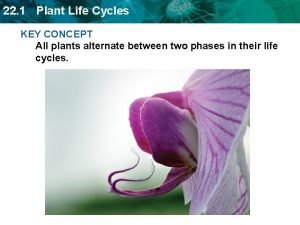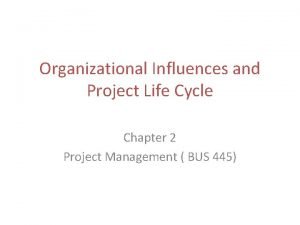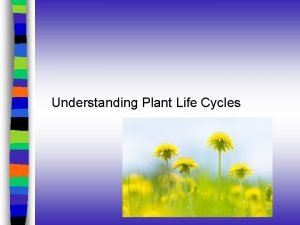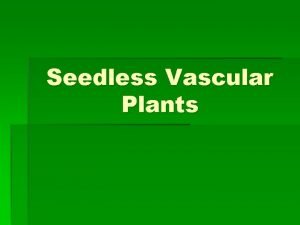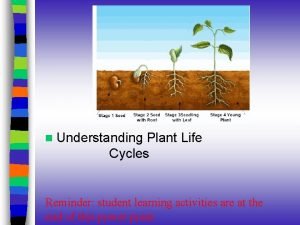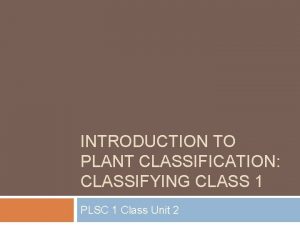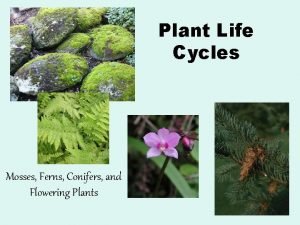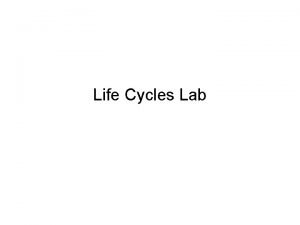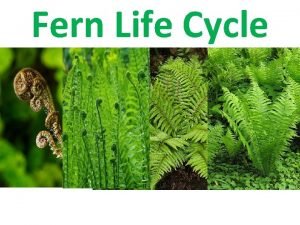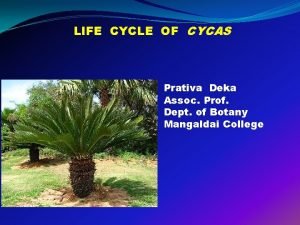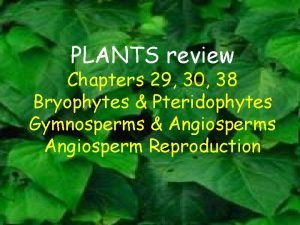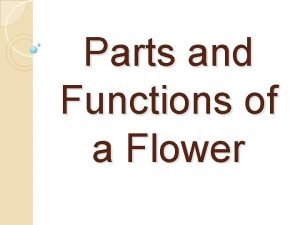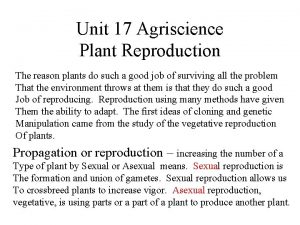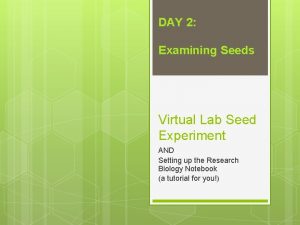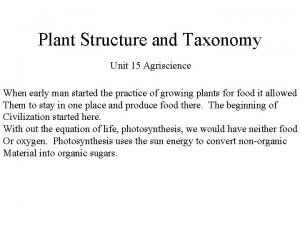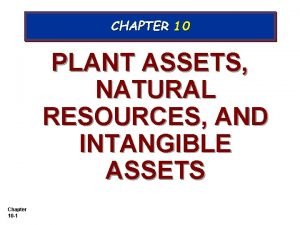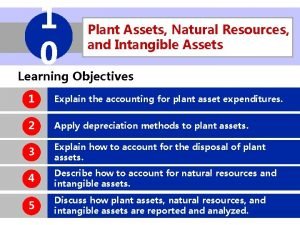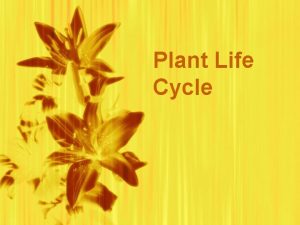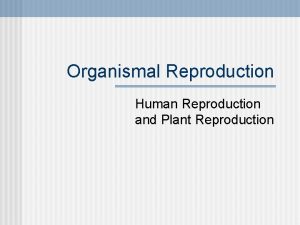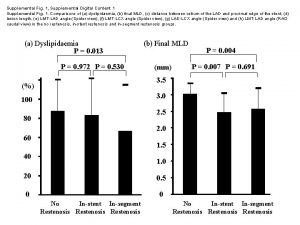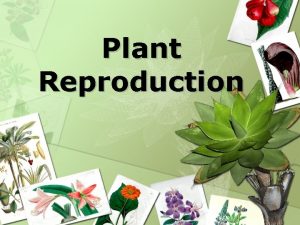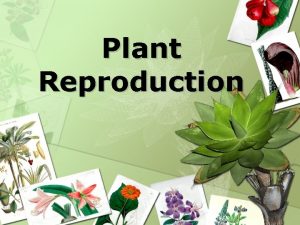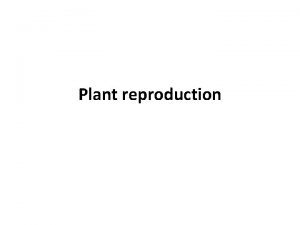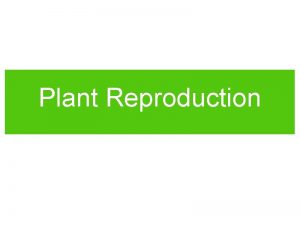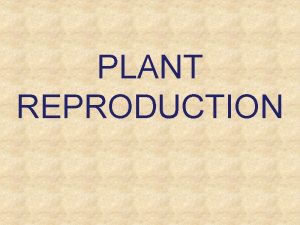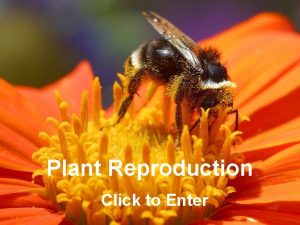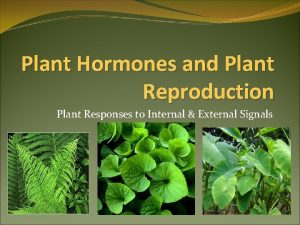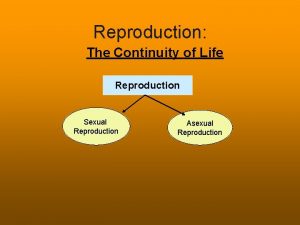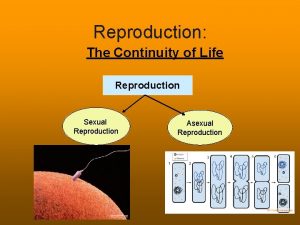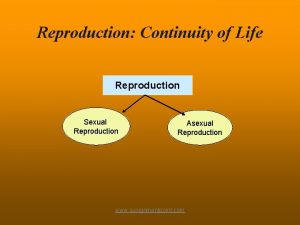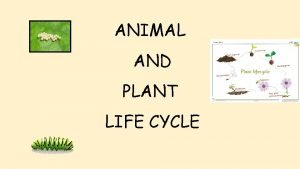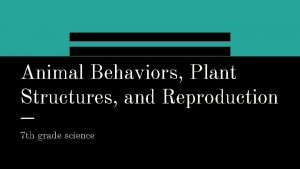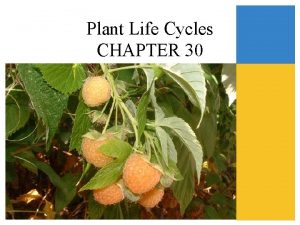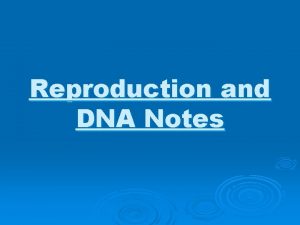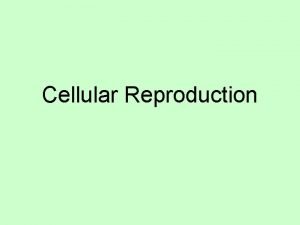Plant Life Cycle Reproduction and Structures SUPPLEMENTAL RESOURCES





























- Slides: 29

Plant Life Cycle, Reproduction, and Structures SUPPLEMENTAL RESOURCES SCIENCE FUSION LEVELED READERS: BRAIN POP: • Plants and How They Grow (Blue) • The Life of an Oak Tree (Green) • Reproduction: Plant Growth: https: //www. brainpop. com/science/cellularlifeandg enetics/plantgrowth/ • Seed Plants: https: //www. brainpop. com/science/diversityoflife/s eedplants/ • Seedless Plants: https: //www. brainpop. com/science/diversityoflife/s eedlessplants/ • Pollination: https: //www. brainpop. com/science/cellularlifeandg enetics/pollination/ • Roots p. 4 -5 • Xylem/Phloem p. 6 -9 • Leaves p. 10 -12 SCIENCE FUSION E-TEXTS 3 RD/4 TH GRADE: • 3 rd grade text: Unit 6 - Plants and the Environment • 4 th grade text: Unit 9 - Life Cycles and Growth STUDY JAMS: • Reproduction: plants with seeds: http: //studyjams. scholastic. com/studyjams/sci ence/plants/plant-with-seeds. htm • Reproduction: plants without seeds: http: //studyjams. scholastic. com/studyjams/sci ence/plants-without-seeds. htm

The Life Cycle of Flowering Plants (Plant Structures and Functions) Plants Parts Word Bank: roots stem leaf flower

What is the role of roots? • Roots are plant structures that hold a plant in place and take in water and nutrients from the soil. Department of Mathematics and Science

What is the role of the stem? • The stem is the part of the plant that holds the leaves up to sunlight and moves water, nutrients and food through the plant. Department of Mathematics and Science

What is the role of leaves? • The leaf is the plant organ where photosynthesis take place to make food for the plant. Department of Mathematics and Science

Purpose of a Flower Are Flowers More Than Just Pretty? Department of Mathematics and Science

Flower Power • Essential Question: What are the parts of a flower and the function of each part? • Learning Goals: Observe and identify flower parts. Recognize the function of a flower, identifying the processes of reproduction including pollination, fertilization, seed dispersal, and germination. Department of Mathematics and Science

The Parts of a Flower What are three main parts of flowers? • petals • stamens • pistil

The Stamen: Male Reproductive Part of a Flower Anther: pollen grains (sperm cells) grow in the anther. Filament: holds the anther Department of Mathematics and Science

The Pistil: Female Reproductive Parts of a Flower Stigma Style Ovary (carpel) Eggs(ovules) Department of Mathematics and Science

The Parts of a Flower 2. 3. 5. 1. • Sepals protect the bud until it opens. • Petals attract insects. • Stamens make pollen. • Pistil contain the ovary 4. which contains the ovules (eggs). • When fertilized, ovules grow into fruits which contain seed. Department of Mathematics and Science

Parts of a Flower Quiz 3. _____ 5. ______ has two parts: a. anther b. filament 5 a. . 5. b 3. 4 a. . 4 b. 4 c. 2. _____ 1 4. ______has three parts: a. Stigma b. Style c. Ovary 2. Word Bank: petal pistil sepal stamen stem

What is Pollination? Gizmos: Flower Pollination is the act of transferring pollen grains from the male anther of the stamen to the female stigma. • Pollen lands on a female pistil, sperm cells move down to the ovary, fertilizing the egg cells. • Fertilization combines DNA. • The result is a seed with a tiny plant inside. • The ovary grows into a fruit to protect the seeds.

Pollinators • Animals, wind, and water can all help in the transfer of pollen. • We call animals or insects that transfer pollen from plant to plant "pollinators ". • The flower type, shape, color, odor, nectar, and structure vary by the type of pollinator that visits them.

Wind Pollination • Some flowers, such as grasses, do not have brightly colored petals and nectar to attract insects. These flowers are pollinated by the wind.

Flowering plants use: • • • the wind insects bats birds mammals to transfer pollen from the stamen (male) part of the flower to the stigma (female) part of the flower. Department of Mathematics and Science

Check Point 1. 2. 3. What is pollination? How do flowering plants depend on other living things in order to reproduce? Why are young plants like but not identical to their parents?

Gone to Seed Three main parts: 1. seed coat - a covering with two roles: - Protects new plant called embyro - Guards stored food called endosperm. 2. endosperm – stored food 3. embryo – The new plant with structures called seed leaves or cotyledons.

Observing Seeds Senses & Hand Lens • Sight - Looks • Touch - Feels • Hearing – Sounds when dropped • Odor – Smells Qualitative Observations Measurement Tools • Ruler • Tape measure • Balance • Gram mass pieces Quantitative Observations Department of Mathematics and Science

Observing a Seed 1. Observe the outside of a dry bean seed with a hand lens. Draw it and write down four or more properties including length and width. 2. Get a wet bean seed to observe. Draw it and write down four or more properties including length and width. 3. Why is the wet seed larger? 4. Split it open and observe its parts. Draw and label its inside including the seed coat, cotyledon, and embryo. Department of Mathematics and Science

Wet Bean 2 nd Let’s explore … 1 st Lets make Dry Seed Observations: Length: Width: Mass: Color: Texture:

How do seeds get dispersed from a plant into the ground? • Some seeds are hidden in the ground by animals such as squirrels as a winter store. • Some seeds have hooks on them and cling to fur or clothes.

How do birds and animals help seed dispersal? • Birds and animals eat the fruits and excrete the seeds away from the parent plant.

What are ways Seeds are Carried Away from a Plant? • Animal-carried • Animal-consumed • Water-borne • Wind-borne • Propelled Department of Mathematics and Science

Seed Germination What do seeds need to sprout? • Water • Oxygen • Proper temperature • Some require proper light

Seed Germination What are the variables that affect germination? • Water • Proper temperature • Some require proper light • Oxygen Test your ideas on the Gizmo: Germination. www. explorelearning. com Department of Mathematics and Science

Parts of a Vascular Plant • Resource: Leveled Reader: The Life of an Oak Tree (Green) • Roots p. 4 -5 • Xylem/Phloem p. 6 -9 • Leaves p. 10 -12

Comparing Plant Life Cycles Some plants produce flowers Other plants produce cones Department of Science

Comparing Nonflowering Plants Moss and ferns produce spores. Conifers such as a Pine tree produce cones Department of Science
 Sexual reproduction and asexual reproduction
Sexual reproduction and asexual reproduction The disadvantages of sexual reproduction
The disadvantages of sexual reproduction Sexual and asexual reproduction venn diagram
Sexual and asexual reproduction venn diagram A plant's life cycle alternates between and generations.
A plant's life cycle alternates between and generations. Organizational influences and project life cycle
Organizational influences and project life cycle Venn diagram of plant and animal reproduction
Venn diagram of plant and animal reproduction Biology homology
Biology homology Biennial life cycle
Biennial life cycle Life cycle of seedless plants
Life cycle of seedless plants Woody perennial life cycle
Woody perennial life cycle Lenticels
Lenticels Is conifers a flowering plant
Is conifers a flowering plant What process occurs
What process occurs Alternation of generation
Alternation of generation Life cycle of cycas plant
Life cycle of cycas plant Monocots have __ cotyledon
Monocots have __ cotyledon Flower part functions
Flower part functions Unit 17 plant reproduction
Unit 17 plant reproduction Non vascular plants
Non vascular plants Plants reproduce asexually
Plants reproduce asexually Which seedless plants have been used to treat bee stings
Which seedless plants have been used to treat bee stings Plant reproduction virtual lab
Plant reproduction virtual lab What is the transformation process
What is the transformation process Fixed resources examples
Fixed resources examples Unit 15 plant structures and taxonomy
Unit 15 plant structures and taxonomy Plant assets are
Plant assets are Accumulated depreciation straight line method
Accumulated depreciation straight line method Plant assets, natural resources, and intangible assets
Plant assets, natural resources, and intangible assets Blank graphic organizers for staar
Blank graphic organizers for staar Renewable vs nonrenewable resources worksheet
Renewable vs nonrenewable resources worksheet



